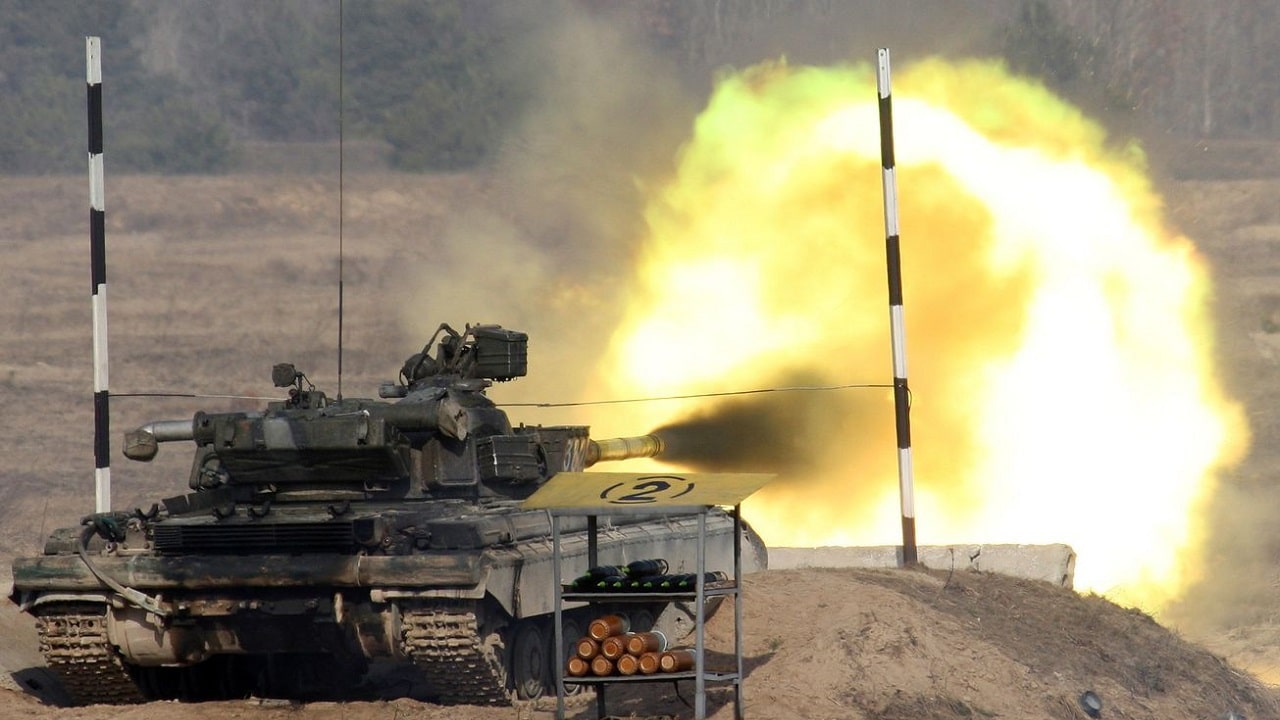The war in Ukraine continues for another, the 297th day, but there is no end in sight as both sides prepare for offensive operations once the ground freezes and is hard enough to support mobile armored warfare.
The Russian Casualties in Ukraine: Update
The Russian military continues to suffer heavy losses in the war.
In some cases, entire units have been wiped out. Moscow throws men into the meat grinder without particular regard for their survival.
If the Kremlin wants to achieve anything on the ground, it will have to shift its obsolete tactics and adapt to the demands of the modern battlefield.
Overall, the Ukrainian Ministry of Defense claimed that as of Saturday, Ukrainian forces have killed approximately 97,690 Russian troops (and wounded approximately twice to thrice that number), destroyed 281 fighter, attack, bomber, and transport jets, 264 attack and transport helicopters, 2,985 tanks, 1,947 artillery pieces, 5,958 armored personnel carriers and infantry fighting vehicles, 410 Multiple Launch Rocket Systems (MLRS), 16 boats and cutters, 4,577 vehicles and fuel tanks, 211 anti-aircraft batteries, 1,648 tactical unmanned aerial systems, 174 special equipment platforms, such as bridging vehicles, and four mobile Iskander ballistic missile systems, and 653 cruise missiles shot down by the Ukrainian air defenses.
Russian Missile Strikes
The Russian military continues to attack Ukrainian cities but especially critical infrastructure with missile barrages.
Since the first week of October, Russia has launched more than 1,000 ballistic and cruise missiles against Ukraine.
At the start, the Russian missile attacks were almost always in response to either a Ukrainian attack deep behind Russian lines, for example, at the Kerch Bridge in Crimea, or to a Russian defeat on the ground, such as the defeats in the east around Kharkiv and in the south around Kherson.
However, Moscow gradually changed its strategic calculus from retaliatory attacks to a consistent effort to take out the Ukrainian energy grid and force Kyiv to make concessions.
In the past few days, the Russian military has launched almost daily attacks against the Ukrainian critical infrastructure, plunging most of the country in the dark, without internet, water, and heat.
“The waves of strikes have largely consisted of air and maritime launched cruise missiles, but have almost certainly also included Iranian-provided uncrewed aerial vehicles (UAVs) being launched from Russia’s Krasnodar region,” the British Military Intelligence assessed in its latest estimate of the war.
Krasnodar is located in the northern Caucasus region, and the Russian military hopes it is far enough from the reach of the Ukrainians. In previous attacks, the Russian forces used Crimea as a launching base for the attacks.
“The change of launch site is likely due to Russian concerns about the vulnerability of Crimea, while it is also convenient for resupply from the weapons’ likely arrival point in Russia, at Astrakhan,” the British Military Intelligence added.
Interestingly, the Kremlin has chosen not to use its potent offensive cyber capabilities against the Ukrainian critical infrastructure, preferring to destroy rather than disrupt. An explanation could be the strong Ukrainian cyber defenses—they are assisted by the U.S. Cyber Command and Intelligence Community.
Expert Biography: A 19FortyFive Defense and National Security Columnist, Stavros Atlamazoglou is a seasoned defense journalist specializing in special operations, a Hellenic Army veteran (national service with the 575th Marine Battalion and Army HQ), and a Johns Hopkins University graduate. His work has been featured in Business Insider, Sandboxx, and SOFREP.

